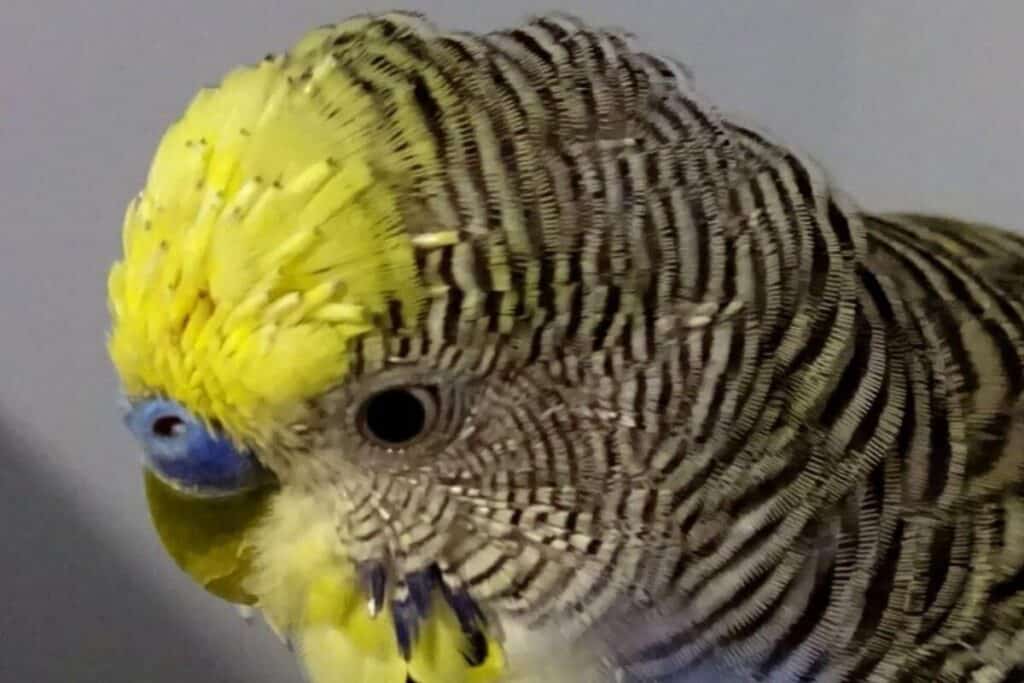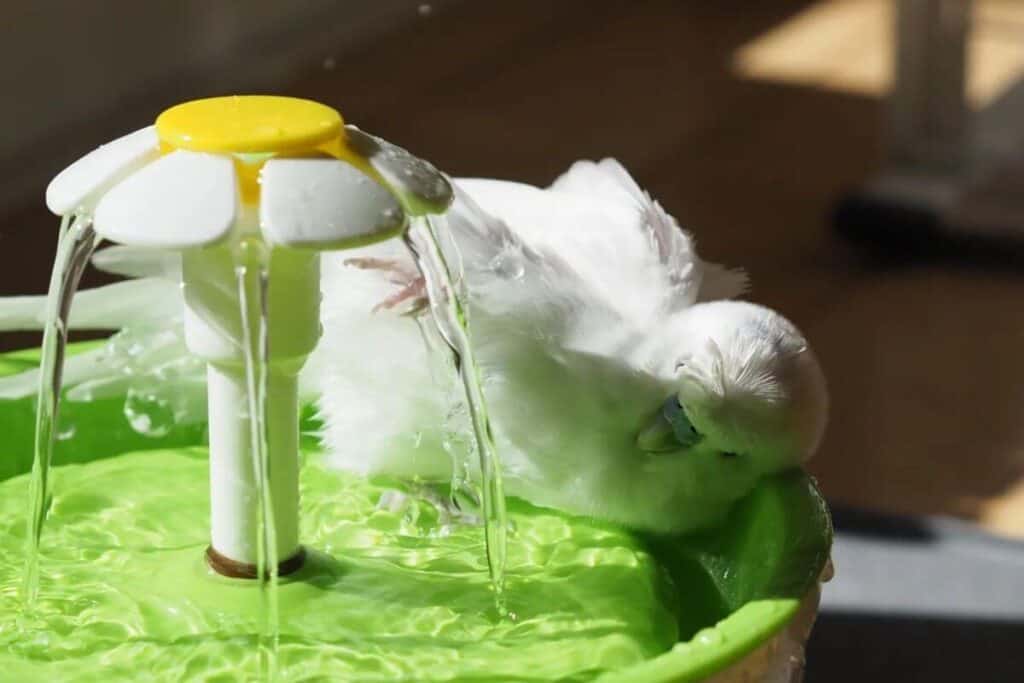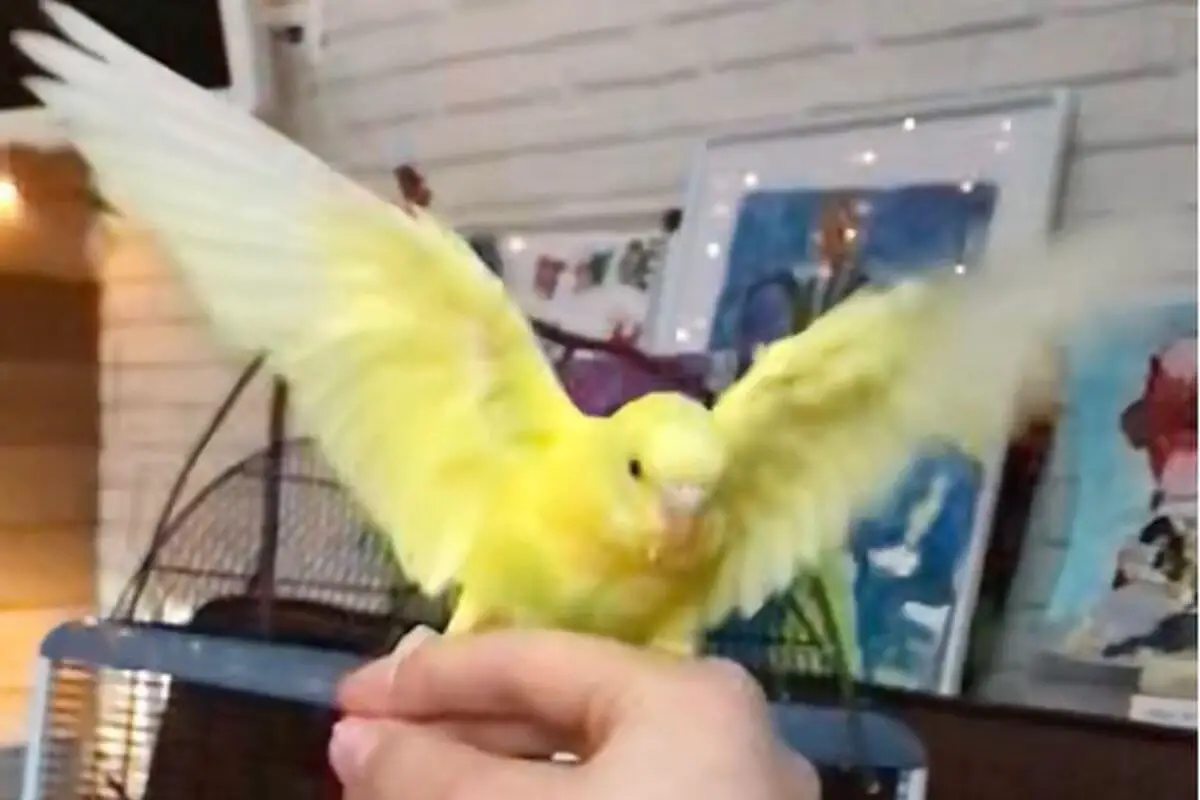Did you heard before about Budgie Pin Feathers ?
If you have a budgie, then you may have noticed small pin-like feathers on your bird. These are called pin feathers, and they indicate that your bird is about to go through a molt.
Molting can be a stressful time for a bird, so it is important that you provide all the support you can give.
In this post, we’ll go through everything you need to know about Budgie pin feathers and how to support your bird through this difficult time.
Table of contents
1. What are Budgie pin feather , and what do they mean for your bird

Budgie pin feathers are the name given to the small, pin-like feathers that appear on a budgie before it molts.
These feathers are actually new feathers that are growing to replace the old ones. The appearance of pin feathers signifies that your bird is about to go through a molt.
The pin feathers of your bird have a vein of blood running through them which gradually recedes as the feather matures.
2. The signs that your bird is about to go through a molt
Several signs indicate that your bird is about to go through a moult. In addition to the appearance of pin feathers, you may also notice that your bird is:
- Losing more feathers than usual
- Scratching more than usual
- Acting restless or agitated
- Eating less than usual
You can read more about the signs that your bird is about to molt here.

3. How to help your bird through the moulting process
The moulting season can be a challenging time for Budgies, as they lose their old feathers and grow new ones.
Here are a few tips to help your Budgie through the moulting process:
– Provide plenty of fresh water and a healthy diet:
A moulting Budgie needs plenty of water to stay hydrated. Make sure to fill up your Budgie’s water bowl regularly and provide a healthy diet rich in vitamins and minerals.
– Avoid scented products:
Strong smells can irritate Budgies’ sensitive respiratory systems. During the molting process, Budgies are particularly vulnerable, so avoid using scented products such as perfumes or candles around them.
– Keep a close eye on your Budgie:
Molting can be a stressful time for Budgies, so it’s important to keep a close eye on them. If you notice any changes in their behaviour, consult your veterinarian.
– Provide a Budgie-safe molting perch:
Budgies will often find a safe place to molt, such as a Budgie-safe molting perch. This perch is covered in soft material, such as cotton, to cushion your Budgie’s feet as they molt.
Read Our Article about safe rope
-Clean the cage regularly:
Budgies molting will shed feathers all over their cage. To keep the cage clean and prevent your Budgie from eating old feathers.
-Bath your budgie:
Budgies love baths, and a warm bath can help your Budgie relax during the moulting process. Just ensure the water is not too hot and that your Budgie can easily get out of the bath.

5. FAQs about Budgie pin feathers
Do pin feathers hurt budgies?
The delicate pinfeathers on your bird’s wings are very vulnerable to damage.
If they’re touched roughly, the injured area can start bleeding and cause pain for them!
It is also dangerous since so much blood flows into these small feathers, leading to an infection or other medical issues if left unchecked.
As we all know, not only do our lovely feathered friends have injuries, but it seems like every time you look up, something new about chickens comes out new facts that surprise even those who spend their lives researching animals.
Do pin feathers go away?

Feathers, like our hair and nails, do a lot of the same things. For humans, when we see split ends or chipping nails, it is typically because their natural oils have worn away, which causes these problems in the first place!
Feathered friends will often get feathers cleaned at a groomer’s if they’re dirty from being outside all day long – just as you would with your own cutest pet ever (that also happens to be really fluffy).
How long does it take to grow pin feathers?
New ones replace feathers as they fall out. It can take up to 6 weeks for the next generation of feathers to maturity and growth, so it’s important not to remove any!





Leave a Reply